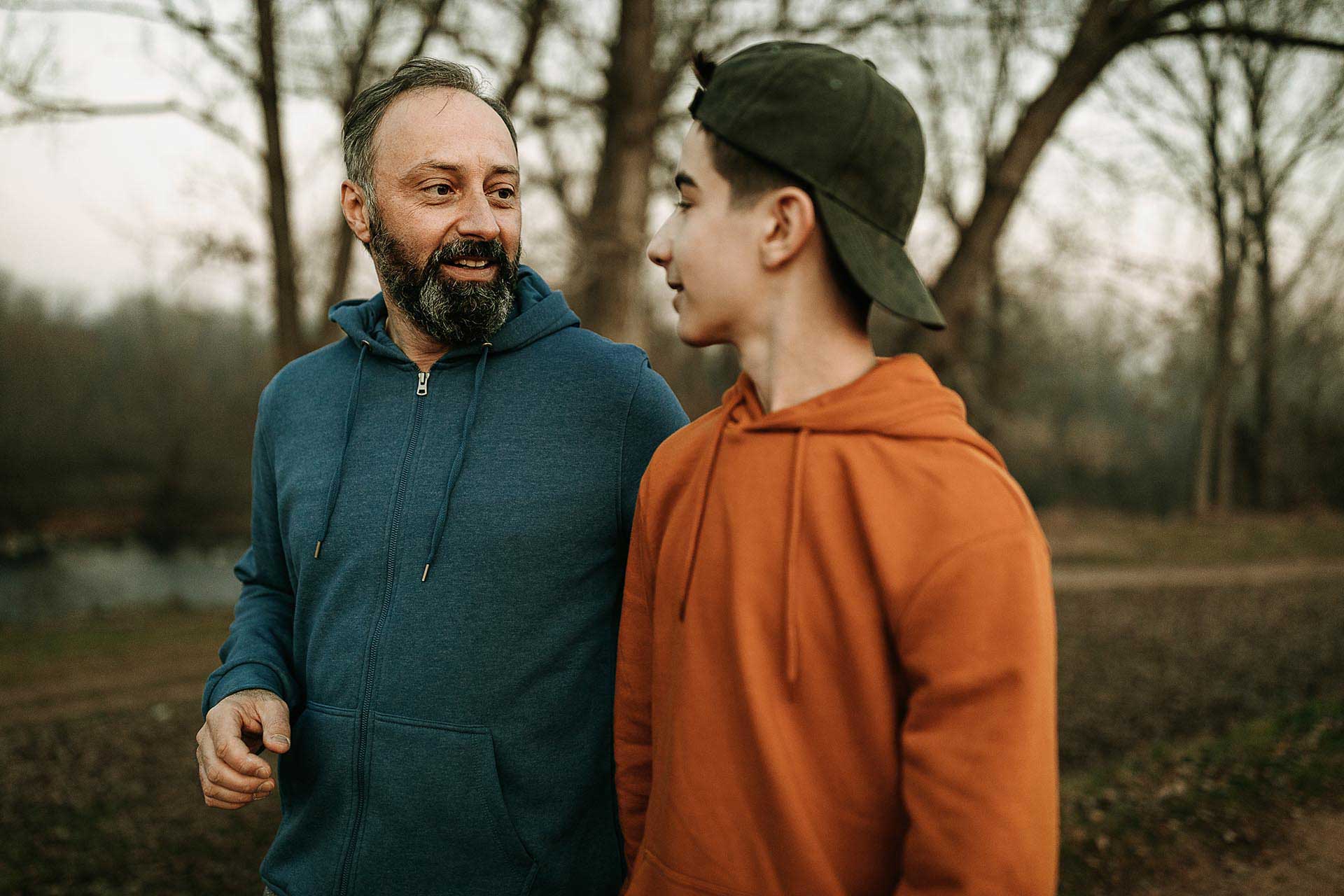Why ‘no’ is the most important word in your child’s vocabulary (and how to encourage them to use it)
Why it's important
In a world of ‘yes’, ‘more’ and ‘positive vibes only’, the word ‘no’ gets a bad rap. Say ‘no’ too often and you’re a ‘negative Nancy’ or a ‘party pooper’. You’re not making the most of life’s opportunities or you’re too pessimistic. But ‘no’ is one of, if not the most important, tools in our vocabulary arsenal. Why? ‘No’ is what sets boundaries and protects us from harmful experiences. It’s what allows us to do with ourselves what we want to do – and not what others want or expect from us.
By extension, encouraging our children from an early age to say ‘no’ teaches them body autonomy and that they don’t have to agree to anything they don’t feel comfortable with. Communicating that it’s okay to say ‘no’ also teaches kids to listen and trust their gut instinct with people and situations. It also lays the groundwork for later in life when they gain independence and will be in higher-stakes consent situations as a teen and an adult, especially sexual experiences.
Of course, there will be periods in our children’s lives when it feels like ‘no’ is the only word they know. It might be frustrating, but by the process of arguing with parents, children learn valuable skills around conflict management, negotiation, empathy and patience – as well as gain confidence.
How you can encourage saying 'no'
Encouraging your children to practise saying ‘no’ can be an easy, everyday activity. When possible, allow them to think about and decide for themselves whether they want to do an activity. Role play situations with them where they might want to (or should) tell someone ‘no’ – from whether they want to wear their green T-shirt today to saying ‘no’ to unwanted touching.
A great way to encourage body autonomy is to allow children to decide whether they want to hug or kiss their relatives at family events. It might tick off Grandma or Uncle Geoff if they ask for a hug at Christmas and you don’t tell your child they need to comply, but their mild annoyance is of far less importance than the values you’re teaching your child by allowing them to decide for themselves.
You might say: ‘You know how I’ve spoken to you before about how if anyone ever asks to see or touch your private parts, or shows you their private parts, that you must come and tell me or another trusted adult straight away? Well, it’s very important you know that this rule applies to the internet as well. If anyone ever shows you anything involving – or even speaks about – private parts, you need to turn off the device and come to me or a trusted adult straight away.’
When you need to tell them ‘no’
There will be times when negotiation is not an option and you simply have to put your foot down. That’s okay! It won’t contradict their right to say ‘no’ if you explain to them why. Let them know that, while they’re still children, there will be times when mum and/or dad (or other mum, or grandma, or whoever) will have to say ‘no’ to something they want to do for their own health and safety. Then don’t just tell them, ‘Because I said so!’ (Even though it’s tempting at times). Tell them why you’re saying ‘no’.
When they want an ice cream, tell them you’re saying ‘no’ because we need to respect our bodies by putting food into them that nourishes them. Let them know they can’t have the new toy because money needs to be mostly spent on needs – and we don’t always need new ‘stuff’. If they want to know why they can’t climb along the edge of a ledge, talk to them about risk and not putting our bodies in the way of harm. Telling them the reasons why they can’t do or have some things – rather than just ‘no’ – helps them to understand that denials have important reasons behind them that need to be respected.
Further reading
- A Mighty Girl (‘The world’s largest collection of books, toys and movies for smart, confident, and courageous girls’)
- URStrong Dana Kerford (teacher and friendship expert)
- Consent Parenting
- Safe Secure Kids (teaching consent)
- check out our fact sheet series ‘Let’s talk’ to support parents and caregivers with their conversations at home











